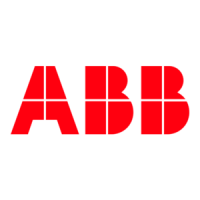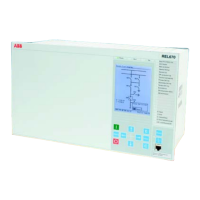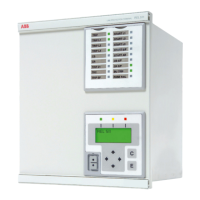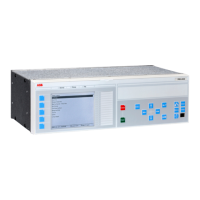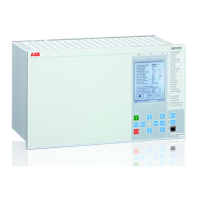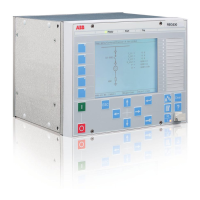EQUATION2115 V1 EN-US (Equation 268)
But in some applications, for instance cable lines, the angle of the loop might be
less than the set angle. In these applications, the settings of fault resistance
coverage in forward and reverse direction, RFFwPE and RFRvPE for phase-to-
earth faults and RFFwPP and RFRvPP for phase-to-phase faults have to be
increased to avoid that the phase selection characteristic must cut off some part of
the zone characteristic. The necessary increased setting of the fault resistance
coverage can be derived from trigonometric evaluation of the basic characteristic
for respectively fault type.
The following setting guideline considers normal overhead lines applications and
provides two different setting alternatives:
A) A recommended characteristic angle of 60
degrees for the phase selection
B) A characteristic angle of 90 and 70 degrees for
phase-to-earth and phase-to-phase respectively,
like implemented in the REL500 series
The following figures illustrate alternative B).
8.10.3.1 Phase-to-earth fault in forward direction
GUID-47B1D249-60C8-4F71-A4FF-D57594219952 v1
With reference to figure
163, the following equations for the setting calculations
can be obtained.
Index PHS in images and equations reference settings for Phase
selection with load encroachment function (FRPSPDIS) and index
Zm reference settings for Distance protection function (ZMRPDIS).
1MRK 506 369-UEN B Section 8
Impedance protection
Line distance protection REL670 2.2 IEC 319
Application manual
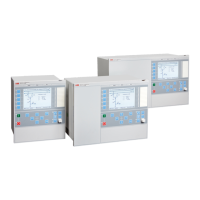
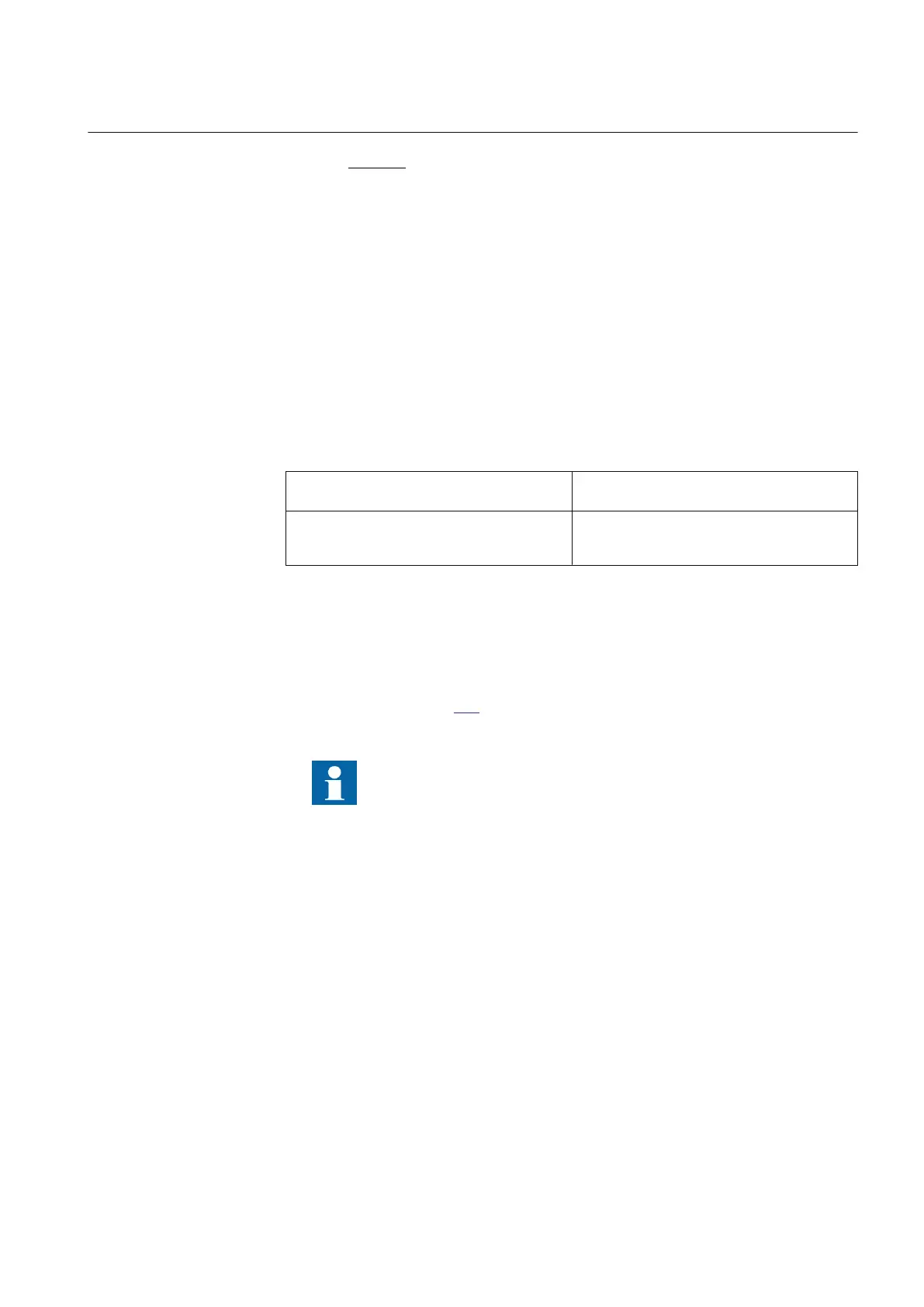